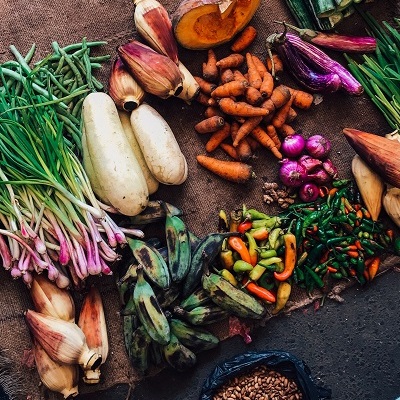 Although not as famous as the Weight Watchers diet or the Jenny Craig Diet, the Volumetrics diet (based on a book of the same name, written by certified dietician Barbara Rolls) is growing in popularity. Whereas many other diets are concerned with portion control and cutting down on the amount you eat.
Although not as famous as the Weight Watchers diet or the Jenny Craig Diet, the Volumetrics diet (based on a book of the same name, written by certified dietician Barbara Rolls) is growing in popularity. Whereas many other diets are concerned with portion control and cutting down on the amount you eat.
The Volumetrics diet is more concerned with the type of food you eat, as opposed to simply counting calories. The diet emphasizes eating lots of low-calorie, low density, high water content foods is the best way to lose weight. But, is this diet worth trying?
Key Features
- Focus on consuming food rich in fiber and with high water content, as these make you feel fuller.
- Less of a focus on counting calories.
- The diet encourages you to eat plenty of low-calorie, filling foods, while abstaining from high-calorie foods.
- The diet promises steady weight loss of 1-2 pounds per week.
Pros
Unlike most diets, which are extremely restrictive when it comes to what you can eat and how much you can eat, the volumetrics diet is relatively lax. It encourages you to eat low-calorie, filling food like fruits and vegetables, but it leaves portions up to you. So, for those of you out there who hate strict portion sizes, this is definitely the diet for you.
The diet also is not super strict when it comes to treats. You can have the occasional dessert or the occasional beer, all while still sticking to your diet. This is nice because some diets out there are exceedingly strict when it comes to having treats and some do not allow you to have any at all. So, you can have a night out and not feel bad about it.
Cons
As was stated earlier, this is diet is not meant for rapid weight loss. If you follow this diet, then you should lose around 1 or 2 pounds every week. If you are looking to rapidly shed the pounds in time for some special event or time of year, then this is not the diet for you.
Likewise, the diet can be a bit difficult to follow. Sure, you do not have to strictly follow portion limits, which makes it a bit easier, but you still have to spend time reading labels and noting how much food you ate each day.






